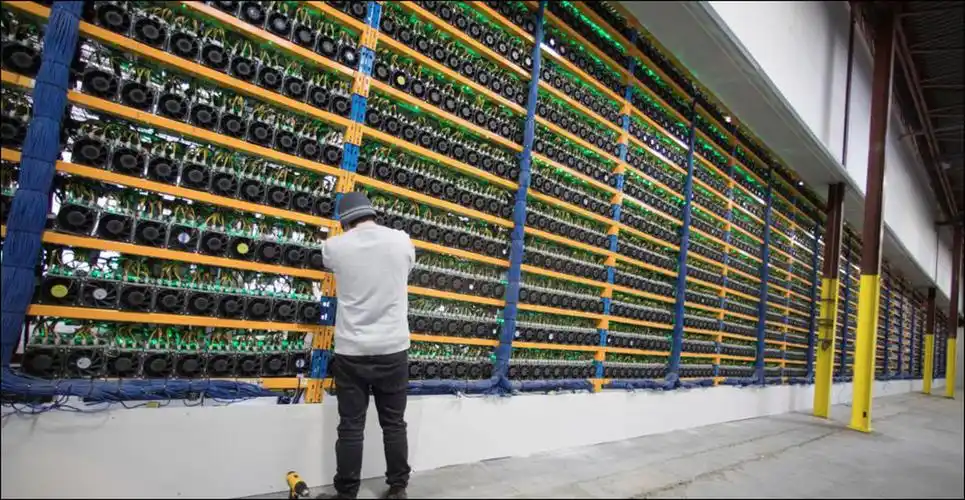In the ever-evolving landscape of cryptocurrency, optimizing the setup of your mining operation can make a significant difference in profitability. With the increasing competition in the mining space, especially for Bitcoin, Ethereum, and other prominent cryptocurrencies, strategic management of expenses—particularly electricity—becomes crucial for sustainability and growth.

The heart of any mining rig lies in its hardware, specifically in the GPU or ASIC miners used to solve complex algorithms. These miners require substantial power to operate efficiently, and as electricity rates fluctuate drastically worldwide, miners must explore smarter ways to manage their energy consumption. This brings us to the first tip—understanding your local electricity rates and pursuing alternatives. Some regions offer off-peak rates, which can be significantly lower than peak hours. By scheduling intensive mining activities during these periods, you can reduce your monthly bills dramatically.
In addition to time-of-use strategies, there’s immense value in selecting the right hardware. Not all miners are created equal; ASICs, while generally more efficient, come with their costs. When considering your mining setup, research the energy consumption versus hashing power for each model. Mining farms often rely on a mix of ASICs and GPUs to diversify their mining potential, especially when dealing with coins like Dogecoin and Ethereum, which may require different types of rigs for optimal performance.

Another crucial aspect of optimizing your mining setup is the environmental conditions of your mining facility. The more efficiently miners operate, the lower the power consumption. Cooling systems play a vital role here, as miners generate a lot of heat. Implementing effective cooling systems can prevent overheating, thus maintaining performance without overloading the systems. Innovations such as immersion cooling or utilizing ambient temperatures can present significant savings on electricity costs while prolonging the lifespan of your mining rigs.
Automation and monitoring tools have also become essential in modern mining setups. By deploying energy monitoring systems, mining operators can keep track of their power usage in real-time, identifying which setups are consuming excess energy. This data assists in optimizing operations and provides insights into whether certain miners should be powered down during low-demand periods. An intelligent, automated approach to managing electricity usage can thus transform a mining operation’s efficiency radically.
As the cryptocurrency market is influenced by various factors—including exchanges, regulations, and global economic conditions—it’s vital to stay informed and agile. The right timing could lead to optimal mining conditions, while mining setups need to pivot based on market trends. For instance, if Bitcoin’s price surges, you might want to increase your output for maximum profitability during those times, which, of course, means paying closer attention to your electricity bills. Staying ahead of the trends and adjusting your strategies accordingly can yield significant returns.

Partnerships with hosting services can also alleviate some of the burdens of managing electricity costs directly. Many companies offer hosting services that come with optimized energy plans, utilizing renewable energy sources or negotiated rates that could be more favorable than home or local setups. By leveraging such partnerships, miners can focus on mining efficiently rather than concerning themselves with the fluctuation of electricity rates and local grid conditions.
Furthermore, leveraging community resources and forums can provide miners with insights into different methods of reducing electricity costs. The cryptocurrency mining community is vast and supportive, with experienced miners often sharing their secrets on energy management strategies and cost-effective solutions. Knowledge sharing can inform your decisions and allows you to experiment with various efficiency and cost-saving techniques.
The future of cryptocurrency mining hinges not only on hardware and software advancements but also on tackling the challenge of rising electricity bills. By implementing these strategies, miners can not only optimize their setups but also contribute to a more sustainable mining ecosystem. As you navigate this complex and rewarding landscape, remember that every watt saved equates to greater potential profit, in both Bitcoin and other cryptocurrencies.
Leave a Reply